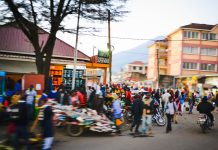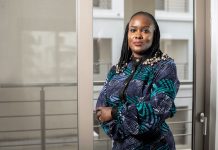About a decade ago in Tanzania, according to an Interpol investigation report, 4 pharmacies and 18 drug stores were closed following a fake drug inspection of 191 locations in the country. This was not the first time the issue of fake drugs was raised in the country. IPP media reported it had been an ongoing situation as it chronicled cases of fake drugs in the country to as far back as 1999 when fake Metakelfin (an anti-malarial drug) was found to be in circulation. The following year, Ampicilin capsules were also found to be in circulation in retail pharmacies.
Tanzania is not alone as far as the fake drug crisis is concerned. According to a WHO report, 42% of globally detected cases of substandard and fake medical products are in Africa. The popular opinion is that the continent is considered a soft target because of poor technical capacity and tools to combat the issue.
However, the story seems to have changed for Tanzania because in December 2018, WHO regarded the country as the “first African country to reach an important milestone in the regulation of medicines,” which means that the Tanzania Food and Drug authority (TFDA) has made considerable improvements in recent years in ensuring medicines in the healthcare system are of good quality, safe and produce the intended health benefit.
But how did Tanzania, whose FDA was set up in July 2003, get it right and what can other African countries learn from its success story?
The WHO assesses regulatory authorities based on a Global Benchmarking Tool – an evaluation that checks regulatory functions against a set of more than 200 indicators including registration and marketing authorization, vigilance, regulatory inspection, laboratory testing and more – to establish a country’s regulatory level of maturity.
In the last assessment, Tanzania FDA met all indicators that define a maturity level 3 agency, the second highest on WHO’s scale and the target for regulatory systems globally. This achievement means that medical doctors, pharmacists, chemists and technicians working for the regulatory authority possess the expertise and hands-on skills to evaluate medical products, prevent and counteract associated hazards and are capable of protecting the public from substandard and fake drugs.
Looking at success stories from around the world, building a stronger pharmaceutical supply chain and improving capacity and tools are very important steps to dealing with the fake drug situation in Africa. Some tested and proven policy reforms according to a case study from Tanzania by the Global Financing Facility include:
- Improving the public-sector distribution system by leveraging private sector actors
- Regulate wholesale and retail mark-up
- Strengthen the FDA capacity and tools of operation
- Strengthen and consolidate the wholesaler market
- Special incentive programs for rural distribution and rural pharmacies
- Overall credit facilitation for pharmaceutical wholesalers and retailers
African countries urgently need to step up their game with the fight against fake drugs. McKinsey predicts the value of Africa’s pharmaceutical industry to be worth between $40 Billion and $65 Billion by 2020, making it attractive for both good and bad players in the industry.
AUTHOR: Iweka Kingsley is the Founder/Publisher of Africa-OnTheRise.com






































